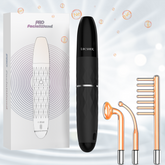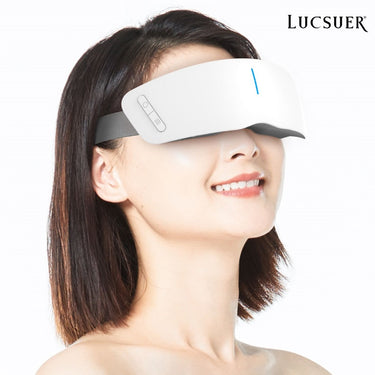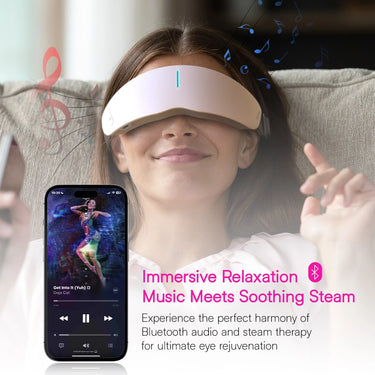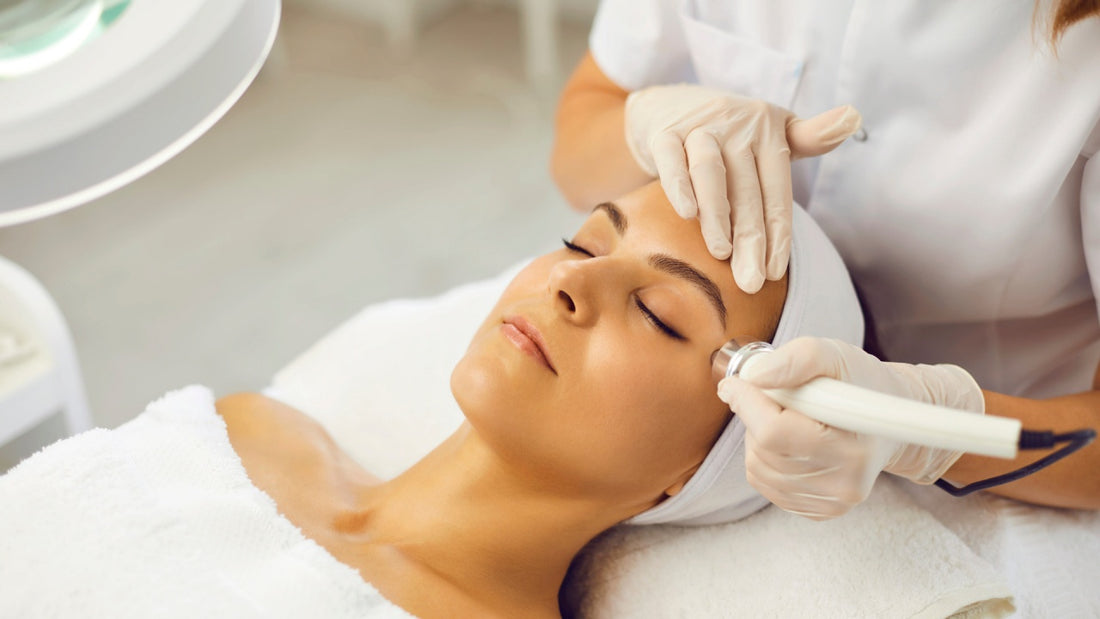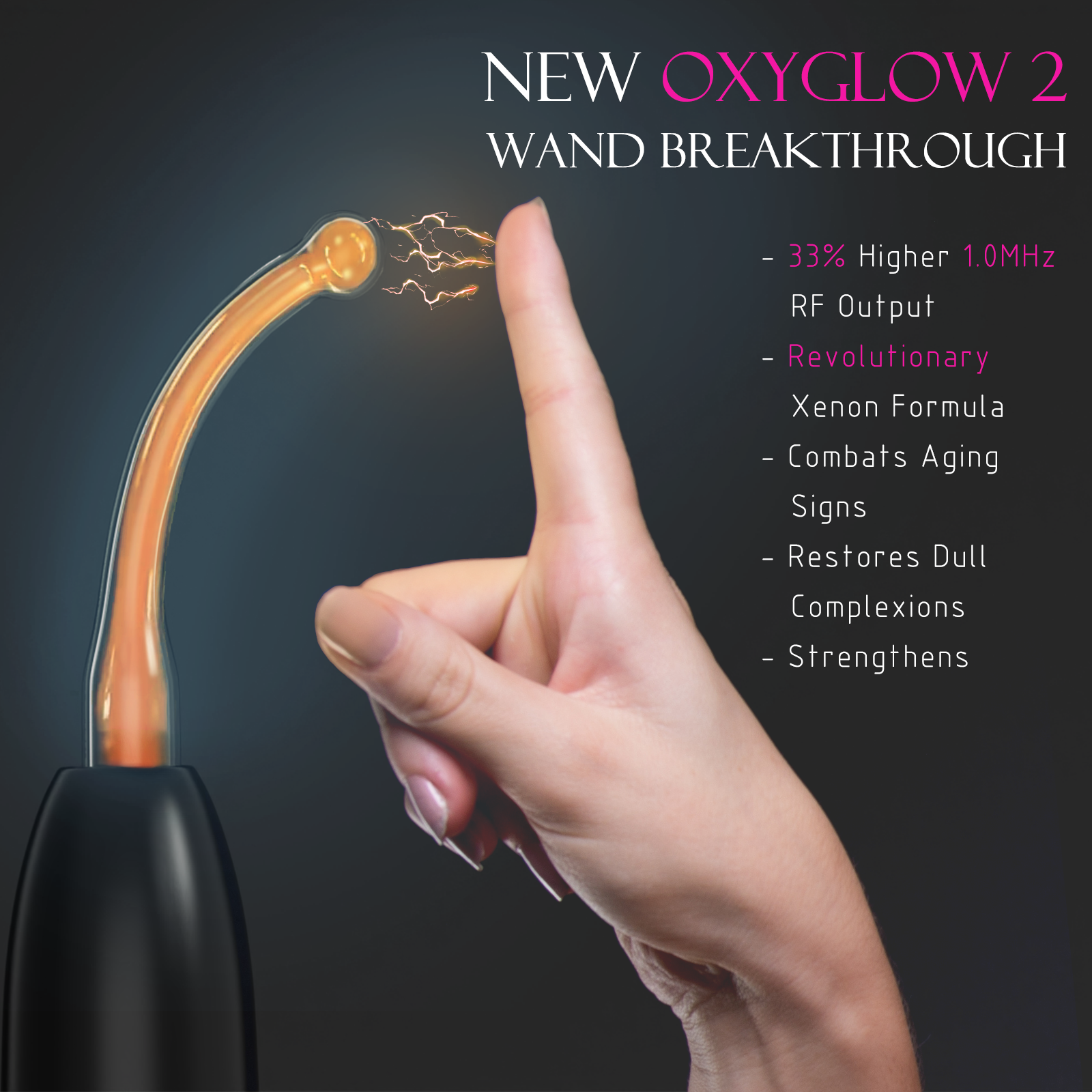In the ever-evolving world of skincare, the quest for youthful, tighter skin has led to a variety of innovative treatments. Among these, radio frequency (RF) machines have gained significant popularity. But how do they stack up against other skin tightening treatments? This comprehensive guide will compare RF machines with other common methods, helping you make an informed decision about the best treatment for your skin.
Overview of Skin Tightening Treatments
What is a Radio Frequency Machine?
A radio frequency machine is a non-invasive device that uses electromagnetic waves to heat the deeper layers of skin. This controlled heating stimulates collagen production and tightens existing collagen fibers, resulting in firmer, more youthful-looking skin.
RF machines typically operate at frequencies between 0.3 to 10 MHz, allowing them to penetrate the skin without damaging its surface. This technology has been widely adopted in both professional skincare clinics and home-use devices.
Common Skin Tightening Treatments
Besides RF, other popular skin tightening treatments include:
- Laser treatments
- Ultrasound therapy
- Microneedling
- Chemical peels
- Thread lifts
Each of these methods works differently to achieve skin tightening effects, and we’ll explore their pros and cons in comparison to RF technology.
Radio Frequency Machine: Pros and Cons
Pros of Radio Frequency Machine
- Non-invasive: RF treatments don’t require any incisions or injections, making them a comfortable option for many patients.
- Safe for most skin types: Unlike some laser treatments, RF is generally safe for all skin tones.
- Minimal downtime: Most people can return to their normal activities immediately after treatment.
- Versatile: RF can be used on various body parts, including face, neck, and abdomen.
A study published in the Journal of Clinical and Aesthetic Dermatology found that 87% of participants showed significant improvement in skin laxity after a series of RF treatments, with no adverse effects.
Cons of Radio Frequency Machine
- Multiple sessions required: Optimal results usually require several treatments.
- Gradual results: While some immediate tightening may be visible, full results can take weeks or months to appear.
- Potential side effects: Some users may experience temporary redness, swelling, or a warm sensation.
Comparing Radio Frequency with Laser Treatments
Pros and Cons of Laser Treatments
Pros:
- Precise targeting of specific skin concerns
- Can address multiple issues in one session (e.g., tightening and pigmentation)
Cons:
- May not be suitable for all skin types
- Higher risk of side effects, including burns and hyperpigmentation
A 2021 study in the Lasers in Medical Science journal reported that 92% of patients were satisfied with their laser skin tightening results, but 15% experienced temporary side effects.
Key Differences Between Radio Frequency and Laser
- Depth of penetration: RF penetrates deeper into the skin compared to most lasers.
- Versatility: RF is generally safer for a wider range of skin types and tones.
- Recovery time: RF typically has less downtime compared to more aggressive laser treatments.
Comparing Radio Frequency with Ultrasound Treatments
Pros and Cons of Ultrasound Treatments
Pros:
- Can target very deep layers of skin
- Long-lasting results (up to 2 years in some cases)
Cons:
- Can be more painful than RF treatments
- Higher cost per session
A clinical study published in Dermatologic Surgery found that 65% of patients showed significant improvement in skin laxity 180 days after a single ultrasound treatment.
Key Differences Between Radio Frequency and Ultrasound
- Treatment depth: Ultrasound can reach deeper layers than RF, potentially providing more dramatic lifting effects.
- Comfort level: RF treatments are generally more comfortable than ultrasound.
- Treatment frequency: Ultrasound typically requires fewer sessions, but RF can be performed more frequently for gradual improvements.
Comparing Radio Frequency with Microneedling
Pros and Cons of Microneedling
Pros:
- Stimulates collagen production effectively
- Can improve skin texture and reduce scarring
Cons:
- Longer recovery time compared to RF
- Risk of infection if not performed properly
A 2018 study in the Journal of Clinical Medicine reported that 94% of microneedling patients saw a noticeable improvement in skin texture and firmness.
Key Differences Between Radio Frequency and Microneedling
- Invasiveness: Microneedling creates micro-injuries in the skin, while RF is non-invasive.
- Recovery time: RF typically has less downtime compared to microneedling.
- Versatility: RF can be used on larger areas more easily than microneedling.
How to Choose the Right Skin Tightening Treatment
Selecting the best treatment depends on various factors:
- Skin type and tone: RF and microneedling are suitable for most skin types, while laser treatments may have limitations.
- Specific concerns: Consider whether you’re targeting loose skin, fine lines, or overall texture.
- Downtime tolerance: If you can’t afford much downtime, RF or mild laser treatments might be preferable.
- Budget: Compare the cost of multiple RF sessions with single treatments of other methods.
- Pain tolerance: RF is generally less painful than ultrasound or more aggressive laser treatments.
Always consult with a qualified dermatologist or aesthetician to determine the best treatment plan for your unique needs.
Frequently Asked Questions
Which skin tightening treatment is the most effective?
The effectiveness varies depending on individual factors. RF tends to offer a good balance of results and minimal downtime for many patients.
Is a radio frequency machine safe for home use?
Yes, when used as directed. However, professional treatments typically yield more significant results due to higher power outputs.
How long do the results of different treatments last?
Results vary, but typically:
- RF: 6-12 months
- Laser: 1-2 years
- Ultrasound: Up to 2 years
- Microneedling: 3-5 months
Regular maintenance treatments can extend these results.
Conclusion
Radio frequency machines offer a compelling combination of effectiveness, safety, and minimal downtime for skin tightening. While other treatments like lasers, ultrasound, and microneedling have their unique advantages, RF stands out for its versatility and suitability for most skin types.
Ultimately, the best treatment for you depends on your specific skin concerns, budget, and lifestyle. We encourage you to consult with a skincare professional to develop a personalized treatment plan. Remember, achieving and maintaining youthful, tight skin is a journey, and combining different treatments often yields the best results.
